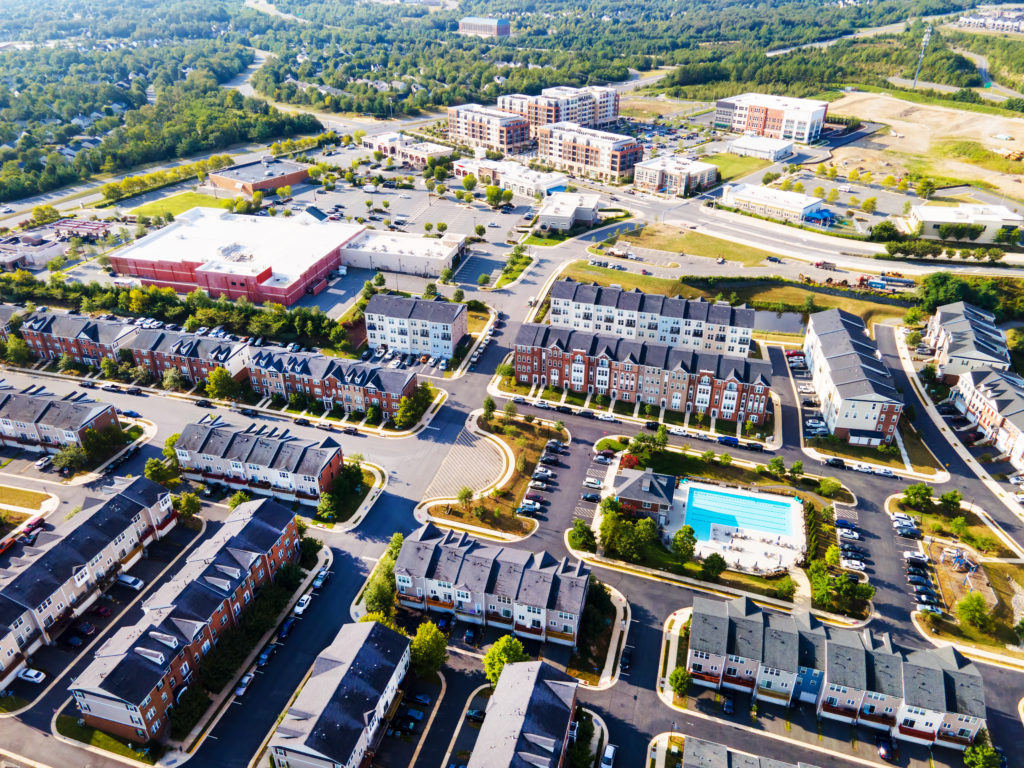The FWD #171 • 477 Words
Looking ahead at Virginia’s shifting population and what it means for housing.
By 2050, Virginia is expected to add over 2 million more residents—bringing us to a total population of 10.5 million. And where will most of that growth occur? If you guessed Northern Virginia, then you’re right on the money.
Last month, University of Virginia’s Demographics Research Group of the Weldon Cooper Center for Public Service released their 2030 to 2050 population projections for Virginia. The Center tracks and publishes population projections to help assess the need for future jobs, teachers, schools, doctors, nurses, housing, food, and resource requirements.
Weldon Cooper researchers create the projections using previous Decennial Census data and applying specific growth formulas. Statewide estimates are developed first, which then allow specific estimates for localities based on prior trends. This edition is the first to incorporate figures from the new 2020 Census.
While all projections have varying degrees of uncertainty, and rely upon certain assumptions about the future, Weldon Cooper’s projections stand out as the best in the nation. For example, their past projection of Virginia’s 2020 population was just 0.27 percent off from the official Census count.

Among the 10 localities projected to grow the most between now and 2050, only two are outside of the Northern Virginia and Fredericksburg areas. Loudoun County alone is expected to grow by 80 percent during that time frame!
While communities along the urban crescent can expect significant growth, many others across the state will continue to experience low or negative growth. Hampton Roads, one of Virginia’s most populous regions, will see relatively slow population increases.
Every rural market will see population decline, continuing a decades-long trend. Buchanan County—home to nearly 38,000 people in 1980—will likely have fewer than 10,000 residents by 2050.
This interactive map from Weldon Cooper clearly shows the regional differences in forecasted population growth.
So what does this mean for housing? Not much that you hadn’t already known before. These projections reinforce prior forecasts from Weldon Cooper, which were covered in a chapter of the HB854 Statewide Housing Study. The main takeaways remain:
- Housing demand will continue to increase within the urban crescent, most significantly in areas within a reasonable commuting distance from Washington, DC. Unfortunately, these are already some of the most expensive places in the state to live.
- Smaller metro markets will also grow, putting demand on smaller cities and towns that may be less prepared for growth.
- Isolated rural communities will face deteriorating conditions and higher vacancy rates as their numbers continue to drop.
If the average household size stays around 2.5 persons, Virginia will need to build nearly 26,000 more homes each year to accommodate all this growth. Current production numbers may show us treading water, but this rate won’t help us overcome the deep availability and affordability shortages we’re still facing today.
